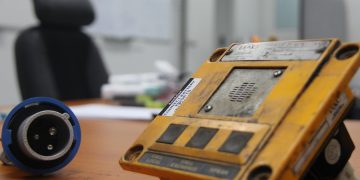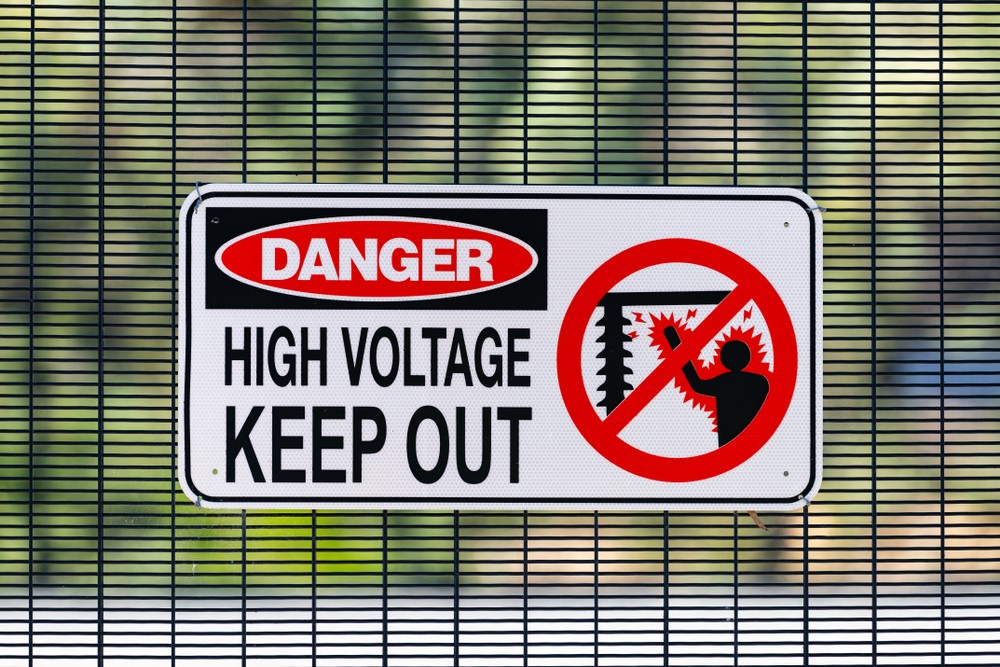Facts About Roar Solutions Uncovered
Facts About Roar Solutions Uncovered
Blog Article
9 Simple Techniques For Roar Solutions
Table of ContentsNot known Factual Statements About Roar Solutions The Definitive Guide for Roar SolutionsSome Ideas on Roar Solutions You Need To Know
In order to safeguard installations from a possible explosion a technique of evaluating and classifying a possibly dangerous location is required. The objective of this is to make sure the correct option and setup of equipment to inevitably stop an explosion and to make certain security of life.
(https://papaly.com/categories/share?id=f67ddeb126ff42bfb724a48f0cebd961)
No devices must be installed where the surface area temperature level of the equipment is higher than the ignition temperature of the given hazard. Below are some common dirt unsafe and their minimal ignition temperature level. Coal Dirt 380C 225C Polythene 420C (thaws) Methyl Cellulose 420C 320C Starch 460C 435C Flour 490C 340C Sugar 490C 460C Grain Dust 510C 300C Phenolic Resin 530C > 450C Aluminium 590C > 450C PVC 700C > 450C Residue 810C 570C The possibility of the risk being present in a concentration high adequate to cause an ignition will differ from place to location.
In order to categorize this danger an installation is separated right into locations of danger depending upon the amount of time the unsafe is existing. These locations are described as Zones. For gases and vapours and dusts and fibers there are 3 zones. Zone 0 Area 20 A hazardous ambience is very likely to be existing and might be present for lengthy durations of time (> 1000 hours each year) or perhaps constantly Zone 1 Zone 21 A harmful environment is feasible yet unlikely to be present for extended periods of time (> 10 450 C [842 F] A category of T6 means the minimum ignition temperature is > 85 C [185 F] Hazardous area electric devices possibly made for usage in greater ambient temperatures. This would certainly suggested on the score plate e.g. EExe II C T3 Ta + 60C( This suggests at 60C ambient T3 will not be gone beyond) T1 T1, T2, T3, T4, T5, T6 T2 T2, T3, T4, T5, T6 T3 T3, T4, T5, T6 T4 T4, T5, T6 T5 T5, T6 T6 T6 A T Class score of T1 indicates the optimum surface temperature produced by the instrument at 40 C is 450 C. Assuming the associated T Course and Temperature level ranking for the tools are proper for the location, you can constantly use a tool with a more rigid Division score than required for the location. There isn't a clear answer to this question. It truly does rely on the kind of tools and what repairs need to be lugged out. Tools with particular examination procedures that can not be done in the area in order to achieve/maintain 3rd party rating. Have to return to the factory if it is prior to the tools's service. Area Repair Work By Authorised Worker: Difficult screening might not be called for however specific treatments might need to be complied with in order for the tools to maintain its third party ranking. Authorized employees have to be used to do the job correctly Repair have to be a like for like replacement. New element have to be thought about as a straight substitute requiring no unique screening of the devices after the repair is full. Each tool with a hazardous rating must be evaluated independently. These are outlined at a high level below, yet for more detailed information, please refer directly to the standards.
Rumored Buzz on Roar Solutions
The tools register is a thorough data source of equipment records that includes a minimum collection of fields to recognize each product's location, technical criteria, Ex category, age, and ecological data. The proportion of Detailed to Close assessments will certainly be determined by the Tools Threat, which is assessed based on ignition threat (the chance of a resource of ignition versus the possibility of a combustible ambience )and the hazardous location category
( Zone 0, 1, or 2). Applying a robust Risk-Based Assessment( RBI )approach is vital for ensuring compliance and safety in taking care of Electrical Devices in Hazardous Areas( EEHA).
Getting The Roar Solutions To Work

In terms of explosive danger, a harmful location is an environment in which an eruptive environment is existing (or might be expected to be existing) in quantities that call for unique precautions for the building, installment and use devices. eeha. In this write-up we explore the challenges dealt with in the office, the risk control procedures, and the required competencies to function safely
It issues of modern-day life that we manufacture, store or take care of a variety of gases or liquids that are considered flammable, and a series of dusts that are considered flammable. These compounds can, in certain conditions, develop explosive atmospheres and these can have major and unfortunate repercussions. Many of us know with the fire triangular remove any among the 3 click now elements and the fire can not happen, however what does this mean in the context of dangerous locations? When breaking this down into its most basic terms it is basically: a mix of a specific amount of release or leak of a certain compound or product, blending with ambient oxygen, and the visibility of a source of ignition.
In the majority of instances, we can do little regarding the degrees of oxygen in the air, but we can have considerable impact on resources of ignition, as an example electric devices. Unsafe areas are recorded on the unsafe location category drawing and are recognized on-site by the triangular "EX-SPOUSE" sign. Below, among other vital details, areas are divided into three kinds depending on the threat, the likelihood and duration that an eruptive atmosphere will certainly exist; Zone 0 or 20 is deemed one of the most unsafe and Area 2 or 22 is considered the least.
Report this page